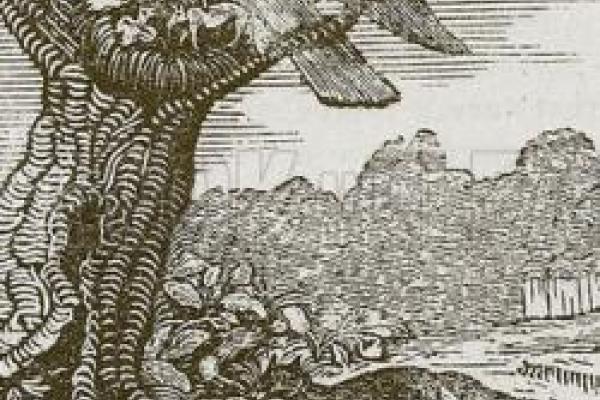
Tom Hawkins
Associate Professor
Department of Classics
Ohio State University
In this session I will briefly set out some of the ways that animals functioned within various classical literary discourses. Because animals were typically assumed to be categorically different from human beings, most high-register genres, such as epic and tragedy, use animals almost exclusively as things to be killed (in sacrifice, in plagues, in battle and, above all, as food). So my presentation will emerge from earthier stuff – fables, invective, comedy and maybe even philosophy. All such inelegant material more easily permits the cognitive jump needed to move into the world of animals, because these genres facilitate a slide into bestial fantasies. I will offer a few broad contextualizing comments, then work from a specific example to show how, when, where and why someone might tell a tale that has a robust role for animal characters. In this process we’ll meet the ‘real’ Aesop and, time permitting, find out why Socrates was as ugly as silenus (a partially human creature sort of like a satyr). By exploring fantasies of animals with personhood, we can better see how some ancient writers wrestled with the complexities of the human world.
So that we all have an easy toehold on this subject, here’s one of the best known fables from antiquity, which will serve as one of my main examples:
An Eagle and a Fox became friends and decided to live near each other, thinking that their friendship would be strengthened by neighborliness. And so the Eagle flew up into a very tall tree and made its nest, while the Fox went into a thicket that lay beneath and gave birth. One day when the Fox had gone out to forage, the Eagle, at a loss for food, flew down into the thicket and seizing the cubs dined on them along with its nestlings. The Fox, upon returning and realizing what had been done, was more distressed by the inability to exact vengeance than by the death of its cubs, since as a land animal it was unable to pursue one that had wings. Therefore, standing far way, it cursed her enemy, the only thing left for the powerless and weak. And it happened that the Eagle soon paid the penalty for its sacrilege against friendship. Some people were sacrificing a goat in the countryside and the Eagle flying down carried off from the altar a burning entrail. When it had been brought to the nest, a strong wind kindled a bright flame from the thin and aged straw. Because of this the nestlings were set on fire and since they were not yet capable of flight they fell to the ground. The Fox ran up within sight of the Eagle and devoured them all.
